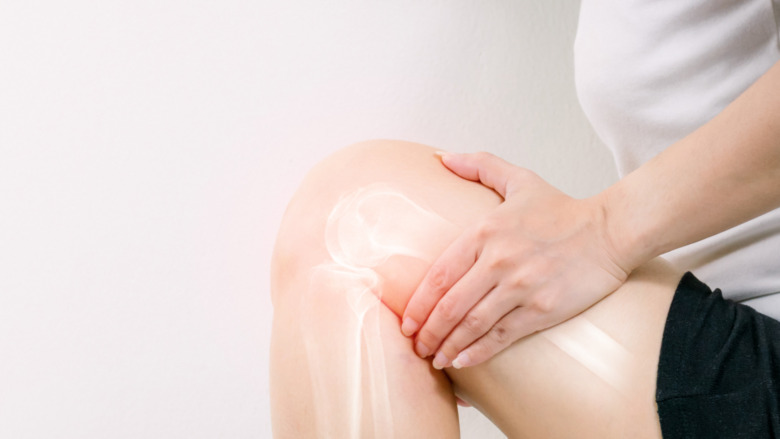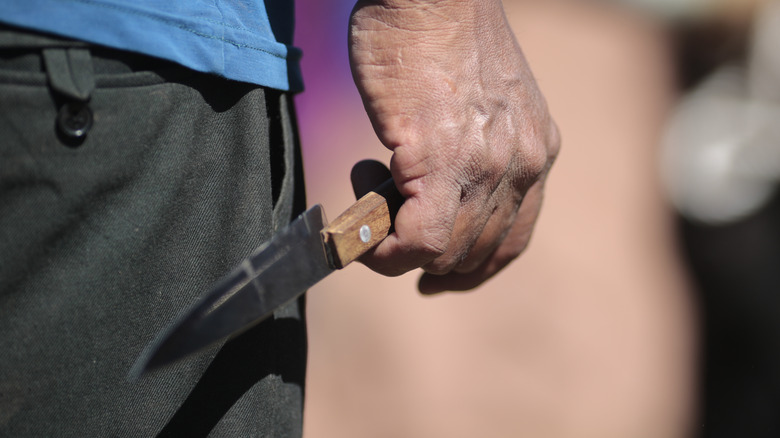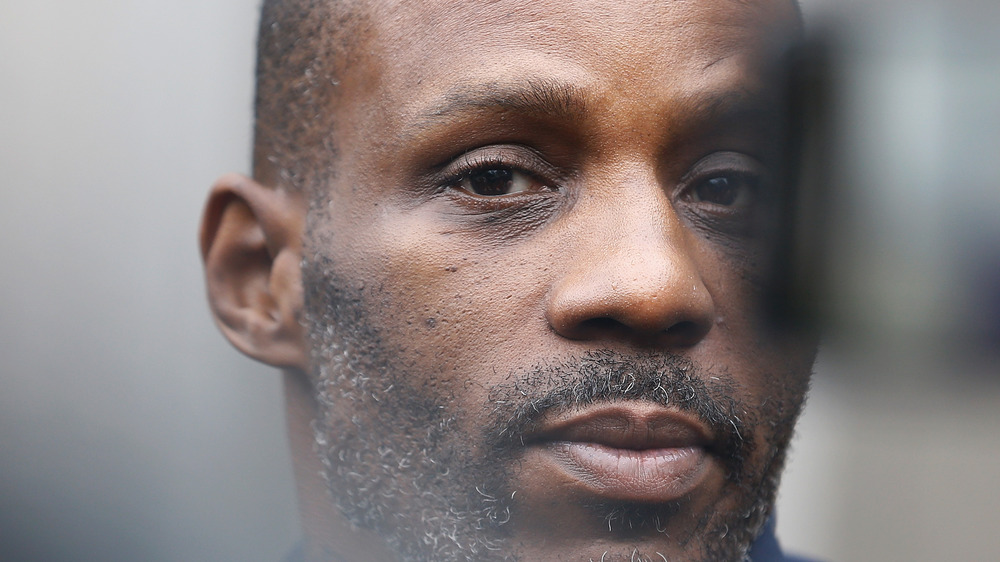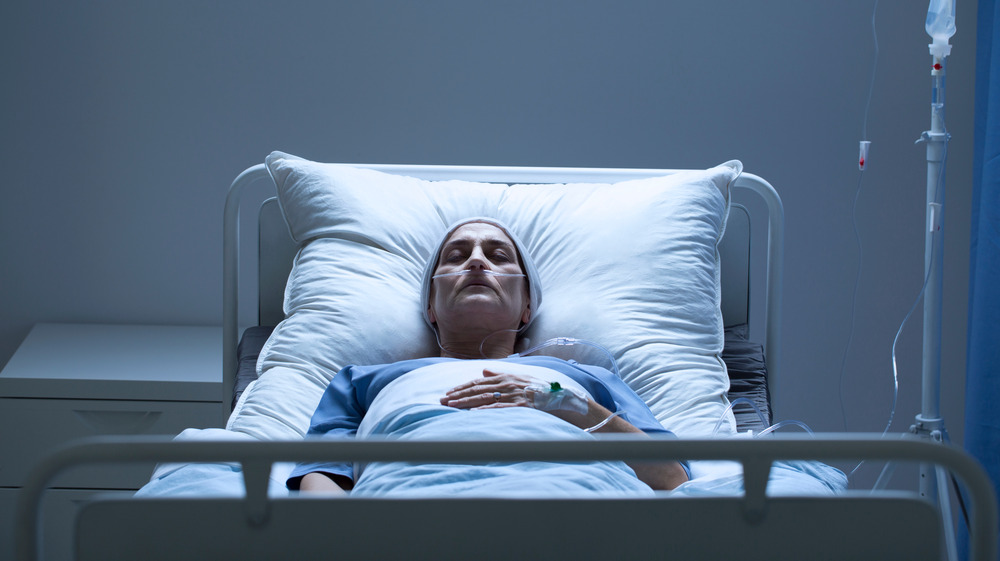
Genuphobia: The Truth About The Fear Of Knees
Per the Anxiety & Depression Association of America, phobias affect 19 million adults in the United States alone — about 8.7% of the population. A phobia is defined as “an excessive, irrational and overwhelming fear of something that in reality poses little or no threat” by the American Psychiatric Association, as reported by Healthgrades. Most people are familiar with more common phobias such as acrophobia (fear of heights), arachnophobia (fear of spiders), and a host of food phobias, but have you heard of genuphobia — the fear of knees? It’s very real, and those who suffer from it are probably bracing themselves as the weather gets warmer and more people start baring their legs in public. What could cause such a condition?
Experts think that like most phobias, genetic and environmental influences are responsible. Someone with genuphobia may have suffered a traumatic knee injury or mental or emotional trauma involving knees, and their amygdala — the part of the brain that processes fearful or threatening stimuli — reminds the person of the emotions felt when trauma occurred. Verywell Mind notes that some cases of genuphobia can be traced to a very religious or socially conservative upbringing that mandated severe clothing that covered the knees, or perhaps required kneeling in prayer. Someone who “no longer practice[s] a conservative religion or live in a conservative culture” could “find themselves stuck, unable to overcome years of religious or cultural training,” which can play out in a phobia.
Weak in the knees?
As with all phobias, there doesn’t have to be an underlying reason for genuphobia; in fact, according to Healthgrades, most people can’t link their phobia to a specific event. Furthermore, people with phobias often have a relative with the same or similar phobia, which has led experts to consider whether there is a genetic aspect to phobias, making some people more prone to them than others. Of course, another possibility is that people learn, rather than inherit, phobic behavior from a relative, so it’s hard to determine what is nature and what is nurture in this situation. Phobias can be treated via cognitive behavioral therapy, which allows patients to identity and change thoughts, emotions, and behaviors; exposure therapy, in which the patient experiences controlled situations and learns anxiety reduction techniques; and traditional talk therapy.
In 2009, The Mirror interviewed a woman with such severe genuphobia that it had negatively affected her life in a myriad of ways. Starting at the age of 15, Stephanie Cockerill couldn’t even look at a knee without having a violent reaction, reporting, “I can’t look, touch or feel knees as it starts to make me feel sick, I start shaking and sometimes end up having panic attacks. I hate the way knees feel and my worst nightmare would be if someone else’s knee touched mine.” As a result, Cockerill avoided swimming pools, kneeling down, and shaving, noting she was more afraid of her own knees than those of anyone else.

Here's Who Inherited Amy Winehouse's Money After She Died

How The Massive Ocean Discovered In Earth's Core Changes Everything

Here's How Many People Have Died At Disneyland

The Real Reason Humans Have Fingernails

How Much Bernie Taupin Is Really Worth
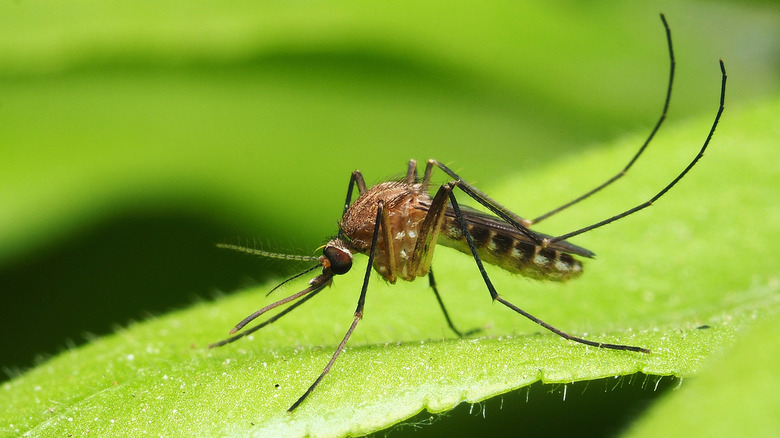
The Major Difference Between Male And Female Mosquitoes

What The Forged In Fire Contestants Do With The Weapons

Roko's Basilisk: The Thought Experiment That Could Enslave The Human Race

The Real Reason The Pope Chose Francis As His Papal Name

The Truth About Morrissey And Robert Smith's Feud
